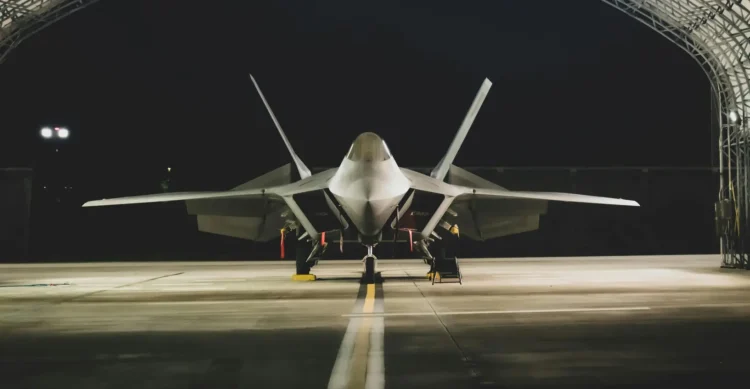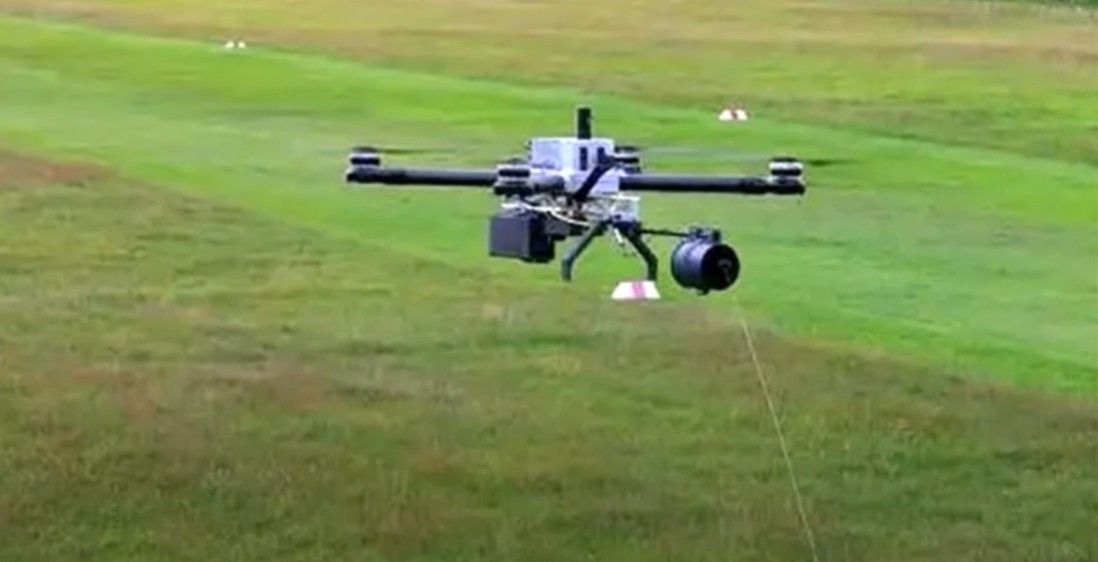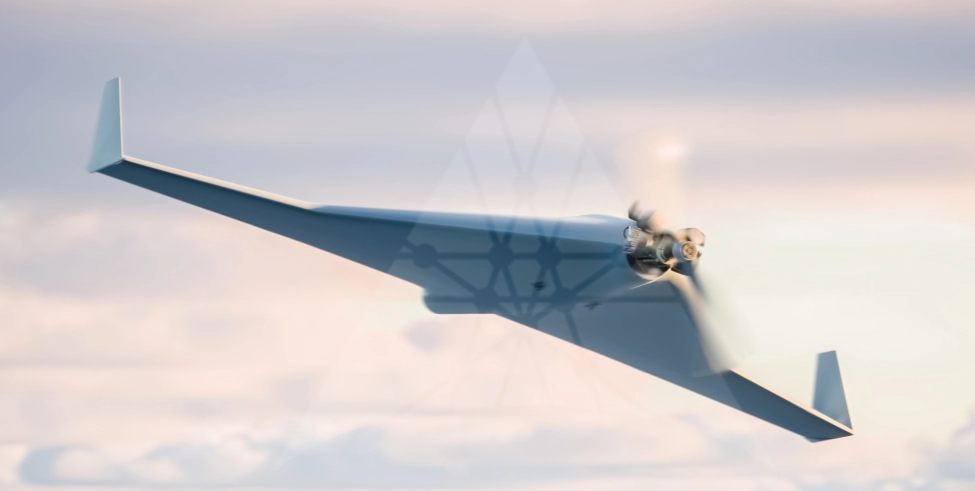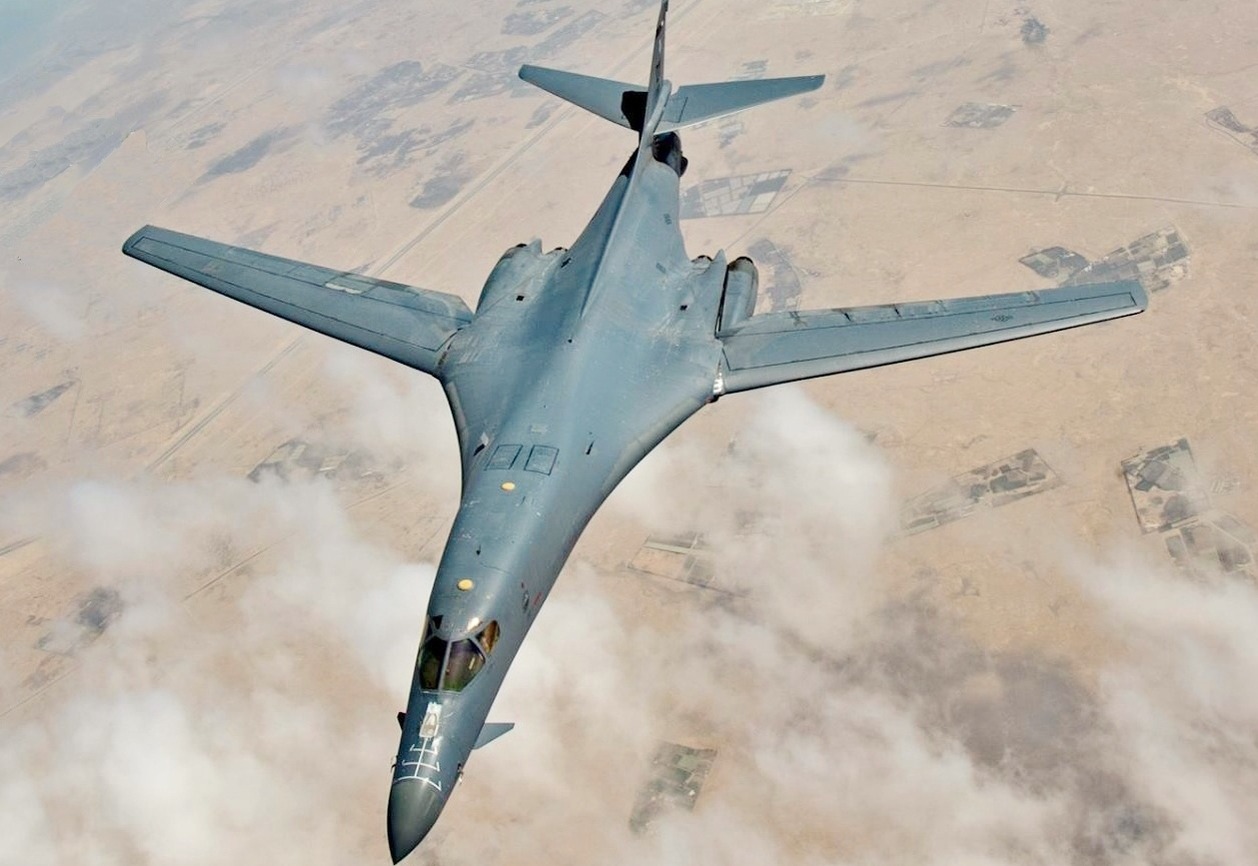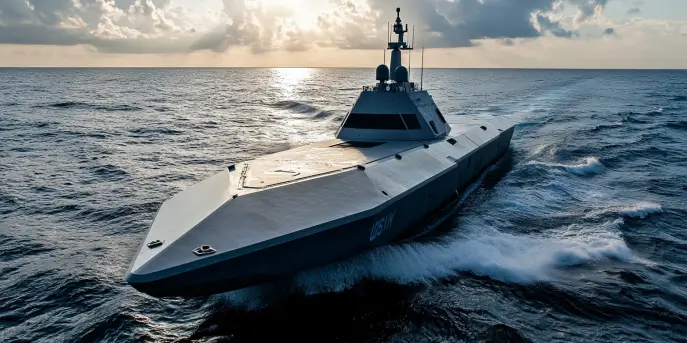In the world of modern military aviation, the pursuit of advanced technology and performance is relentless. One of the key areas where air forces across the globe strive for excellence is range – the ability of a fighter jet to fly long distances without needing to refuel. Having a longer range can provide a tactical edge, allowing for extended operational reach, enhanced combat radius, and greater strategic flexibility. In this article, we’ll delve into one of the longest-range fighter jets currently in service and explore the factors that contribute to its extended reach.
The Champion of the Skies: The Lockheed Martin F-22 Raptor
The Lockheed Martin F-22 Raptor is often celebrated as the pinnacle of air superiority fighter jets, renowned for its stealth capabilities, agility, and advanced technology. But another aspect of its design that often goes understated is its impressive range. The F-22 Raptor boasts a substantial combat radius that makes it a formidable asset in global air operations.
Specifications and Capabilities
The F-22 Raptor is powered by two Pratt & Whitney F119-PW-100 turbofan engines that provide it not only with immense power and speed but also contribute to its range capabilities. The range of any aircraft, including fighter jets, is influenced by several factors including fuel capacity, engine efficiency, and aerodynamics.
| Specifications | Details |
|---|---|
| Max Speed | Mach 2.25 |
| Combat Radius | 800 nm (nautical miles) |
| Ferry Range | Over 1,600 nm |
| Engines | 2 × Pratt & Whitney F119-PW-100 |
| Thrust | 35,000 lbf each |
Factors Influencing Range
The capability to cover long distances comes from a combination of factors. First, fuel efficiency plays a critical role. The efficient turbofan engines in the F-22 ensure optimal fuel consumption. Furthermore, the aerodynamic design of the aircraft reduces drag and allows for a streamlined flight path, further conserving fuel.
Weight is another crucial factor. The F-22’s lightweight materials, including a combination of high-strength aluminum, titanium, and advanced composites, contribute to its extended range by reducing the overall weight, which, in turn, decreases fuel consumption.
Strategic Advantages of Long Range
The strategic advantages offered by the F-22’s range capabilities cannot be overstated. A longer range allows for:
- Extended Patrols: The ability to maintain air superiority over vast expanses without the need for constant refueling.
- Deep Strike Capabilities: Engaging targets far behind enemy lines while maintaining enough fuel reserve for evasive maneuvers and a safe return.
- Flexible Deployment: Quick redeployment from distant air bases to conflict zones without the logistical complexities of mid-air refueling.
These advantages make the F-22 not just a versatile fighter in terms of combat but also a crucial strategic tool in maintaining air dominance across large geographical areas.
Technological Innovations
The advancements that contribute to the extended range of fighter jets like the F-22 are part of a broader trend of continuous technological evolution in military aviation. Innovations in composites, avionics, and engine design are central to developing aircraft that meet and exceed modern operational requirements.
This ongoing innovation not only enhances the range but also improves reliability, serviceability, and overall performance, ensuring air forces can operate these jets under diverse conditions worldwide.
In conclusion, the longest range fighter jets, such as the Lockheed Martin F-22 Raptor, represent the cutting edge of aviation technology. Through a combination of advanced engineering, strategic design, and relentless innovation, these jets provide capabilities that are critical to modern military operations. Whether it’s for missions of deterrence, defense, or domination, having a fighter jet with a long range is undeniably a strategic advantage.
